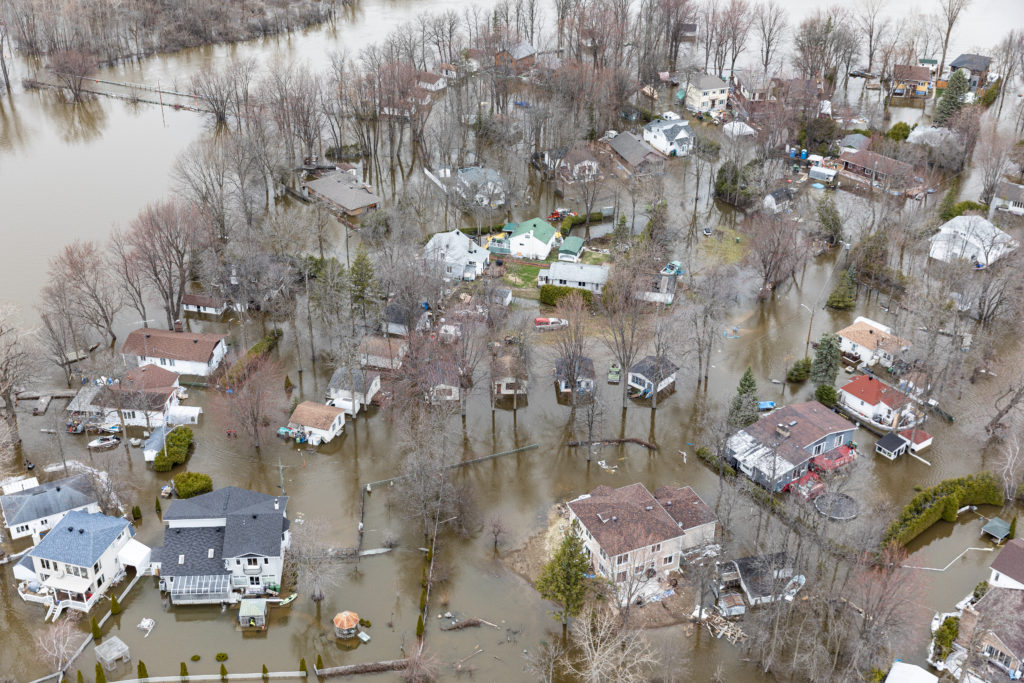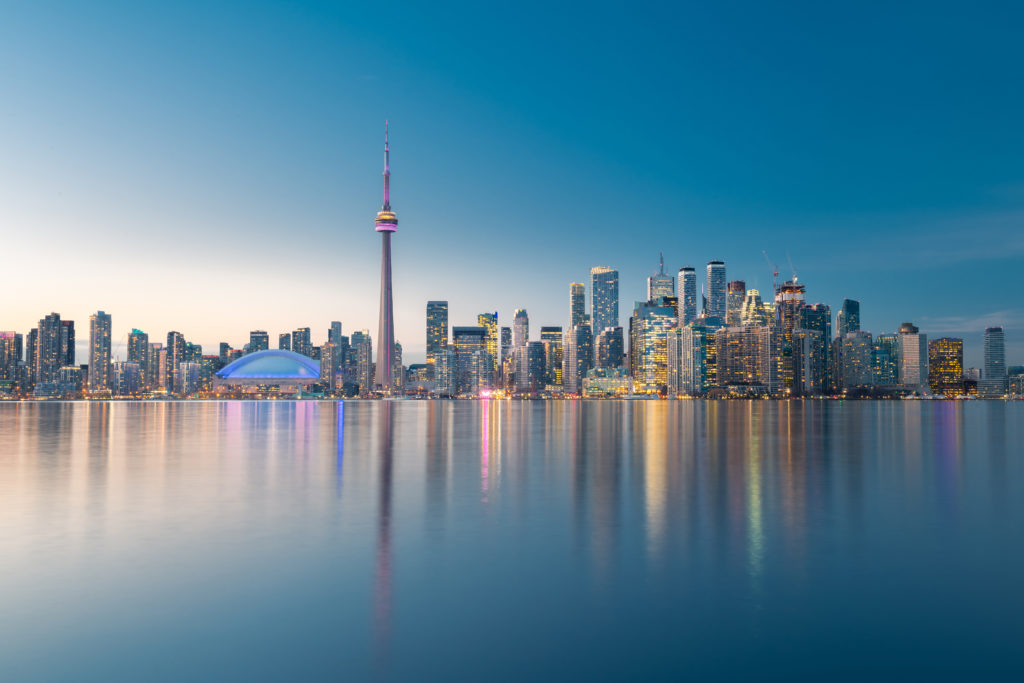Climate change is a pressing issue in Canada. Average temperatures in the country have increased by 1.7 °C since 1948, with winter temperatures rising by 3.3 °C over the same period. These changes have not been uniform across seasons, with summer temperatures only increasing by 1.5 °C. Climate change is a reality that is affecting Canadians across the country. With average temperatures rising, extreme weather events are becoming more common. This is having a major impact on Canadian cities, which are struggling to adapt.
Climate change has the potential to cause a number of serious problems in Canada, including more extreme weather conditions and impacts on the economy and human health. It is therefore important for Canadians to be aware of the issue and take steps to reduce their own contribution to climate change. There are a number of things that individuals can do to help, such as reducing energy consumption, recycling, and driving less.
Toronto, Montreal, Vancouver, Calgary, and Edmonton are among the Canadian cities that have been most affected by climate change. These cities have experienced an increase in average temperatures, more extreme weather conditions, and air pollution. In response to these issues, many Canadian cities have developed plans to reduce their greenhouse gas emissions. For example, the City of Toronto has committed to reducing its emissions by 80% by 2050.
Greenhouse Gas Emissions in Canada
Canada is the tenth largest greenhouse gas emitter in the world. In 2016, the country’s emissions totaled 716 million metric tons of carbon dioxide equivalent. The majority of these emissions came from the combustion of fossil fuels, which accounted for 78.6% of total emissions.
The transportation sector was the largest contributor to Canada’s emissions in 2016, accounting for 26.1% of the total. This was followed by the oil and gas sector (19.4%), the electricity sector (15%), and the industrial sector (10.5%).
Climate change is a pressing issue in Canada that requires immediate action. The country’s emissions must be reduced in order to prevent further damage to the environment and human health. There are a number of things that individuals and businesses can do to help, such as reducing energy consumption, recycling, and investing in renewable energy sources through carbon offsets or carbon credits.
Climate Change in Toronto
In Toronto, the average temperature has increased by 1.5 °C since 1948. The city has also experienced more extreme weather conditions, including more days with temperatures above 30 °C and more heavy rainfalls.
Air pollution is another issue that has been linked to climate change in Toronto. The city’s air quality has improved in recent years, but there are still areas of concern. For example, ground-level ozone, a type of air pollution, is often higher in the summer months.
Ground-level ozone is created when emissions from vehicles and industry react with sunlight. It can cause a number of respiratory problems, such as coughing and difficulty breathing. In response to these issues, the City of Toronto has developed a plan to reduce its greenhouse gas emissions. The plan includes a goal of reducing emissions by 80% by 2050.
Climate Change in Vancouver
In Vancouver, the average temperature has increased by 1.7 °C since 1948. The city is also working to improve its air quality. For example, the City has developed an Air Quality Strategy with the goal of improving air quality for all residents.
Climate Change in Montreal
In Montreal, the average temperature has increased by 1.6 °C since 1948. Air pollution is another issue that has been linked to climate change in Montreal. The city’s air quality has improved in recent years, but there are still areas of concern. For example, ground-level ozone, a type of air pollution, is often higher in the summer months.
Ground-level ozone is created when emissions from vehicles and industry react with sunlight. It can cause a number of respiratory problems, such as coughing and difficulty breathing.
Climate Change in Calgary
In Calgary, the average temperature has increased by 1.8 °C since 1948. The city has also experienced more extreme weather conditions, including more days with temperatures above 30 °C and more heavy rainfalls.
Air pollution is another issue that has been linked to climate change in Calgary. The city’s air quality has improved in recent years, but there are still areas of concern. For example, ground-level ozone, a type of air pollution, is often higher in the summer months.
Climate Change in Edmonton
In Edmonton, the average temperature has increased by 1.9 °C since 1948. The city has also experienced more extreme weather conditions, including more days with temperatures above 30 °C and more heavy rainfalls.
Winnipeg
The average temperature in Winnipeg has increased by 2.0 °C since 1948. The city has also experienced more extreme weather conditions.
2021 British Columbia Floods

In May 2021, British Columbia experienced one of the worst floods in its history. The flood was caused by a combination of warm weather and heavy rain. It caused extensive damage to homes, businesses, and infrastructure. Climate change is a reality that is affecting Canadians across the country. With average temperatures rising, extremeThe 2021 British Columbia flood was a reminder of the destructive power of climate change. It also showed how vulnerable Canadian cities are to extreme weather conditions.
British Columbia Fires
Wildfires in British Columbia are a natural part of the ecosystem. However, climate change is making them larger and more frequent. In 2017, wildfires destroyed more than 12% of the province’s forests. In 2020, the province experienced its worst fire season on record. Fires are a major source of air pollution. They release harmful pollutants into the air, which can cause respiratory problems, such as coughing and difficulty breathing.
In response to the increased risk of wildfires, the Province of British Columbia has developed a Wildfire Management Strategy. The strategy includes a number of measures to reduce the risk of wildfires, such as improved forest management and increased fire suppression efforts.
Deforestation in Canada
Deforestation in Canada is an ongoing problem. It is estimated that Canada has lost 30% of its forests since European settlement. Deforestation is a major contributor to climate change. Trees play a vital role in the fight against climate change by absorbing carbon dioxide from the atmosphere.
As the world becomes more industrialized, the demand for wood products increases. This demand has led to an increase in logging in Canada. In order to meet this demand, forests are being clear-cut at an alarming rate.
Clear-cutting is a type of logging where all the trees in an area are cut down. This practice leaves the land bare and exposed to erosion. It also destroys habitat for wildlife.
Canada’s forests are a vital part of the global fight against climate change. They play a crucial role in absorbing carbon dioxide from the atmosphere. Deforestation is a major contributor to climate change and it needs to be stopped.
Sea Level Rises
A rise in sea levels and coastal flooding are some of the most devastating effects of climate change. A rise in sea level can result in the displacement of millions of people, as well as damage to homes, businesses, and infrastructure.
In Canada, sea levels have risen by an average of 7.6 cm since 1901. The rate of rise has been accelerating in recent years and is projected to continue to do so. A rise in sea level will have a major impact on coastal communities. Flooding will become more frequent and severe, and many homes and businesses will be at risk.
Impact of Climate Change on Indigenous Peoples

The affects of climate change on Indigenous Peoples in Canada are vast. Climate change is a threat to the very way of life of Indigenous Peoples. Their traditional knowledge and way of life are based on a deep understanding of the natural world. As the climate changes, so too does their way of life.
The impact of climate change is already being felt by Indigenous Peoples across Canada. Changes in the climate are causing shifts in the timing of the seasons. This is making it difficult for Indigenous Peoples to harvest traditional foods. Extreme weather events are also becoming more frequent and more severe. These events are damaging homes, businesses, and infrastructure.
Indigenous Peoples are among the most vulnerable to climate change. They are also among the most affected. The Government of Canada has recognized this and has committed to working with Indigenous Peoples to address the impacts of climate change.

